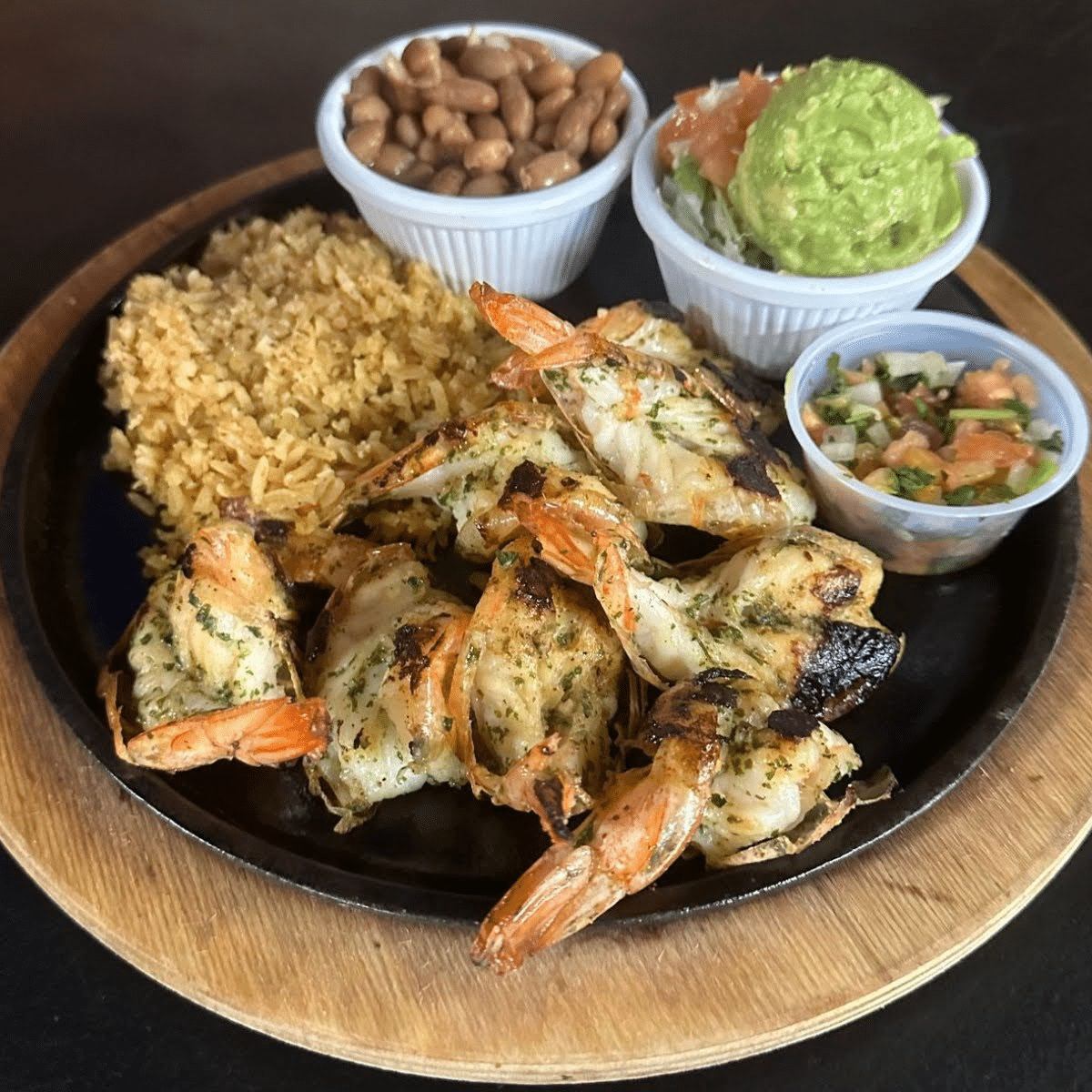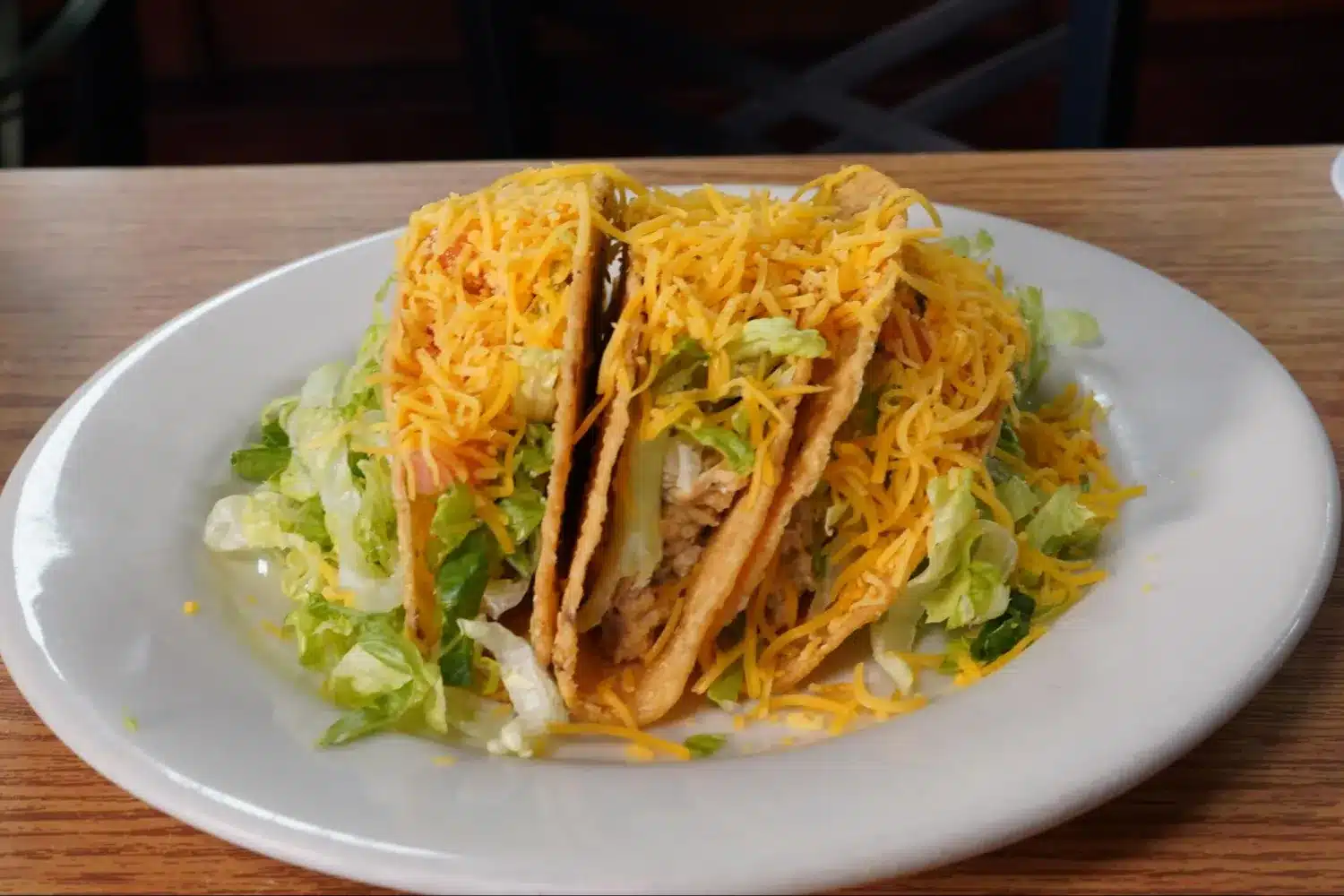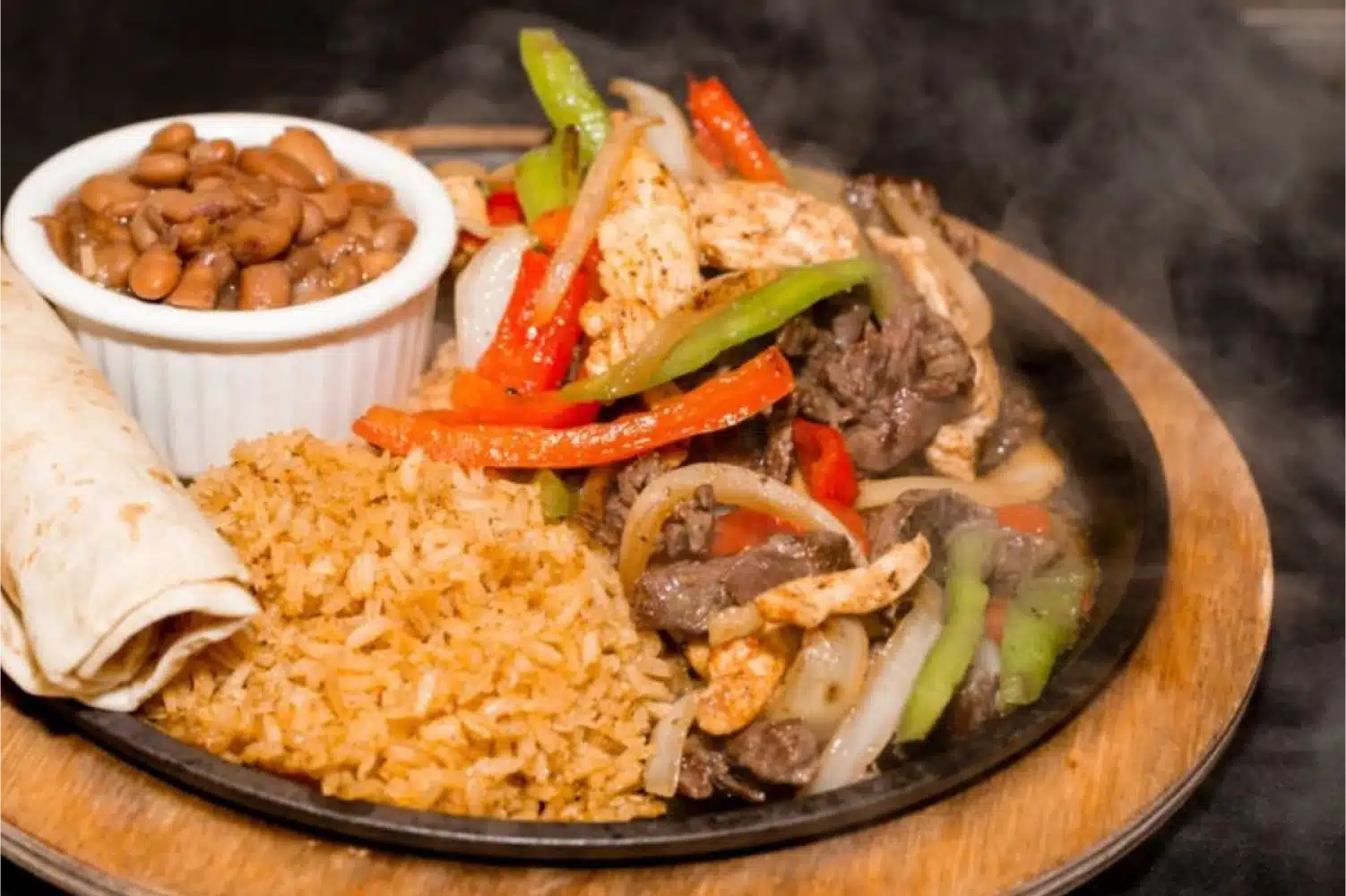The Birth of Tex-Mex Food
Tex-Mex cuisine’s story began through a mixture of cultural influences in 16th-century Texas. Spanish missions served as the first melting pots, blending indigenous ingredients like beans, corn, and chiles with Spanish cooking techniques and spices.
Over time, this culinary fusion evolved, enriched by Mexican flavors and the introduction of new ingredients such as cheese, beef, and flour from European settlers.
By the late 19th century, the distinct Tex-Mex style began to take shape, marked by iconic dishes like chili con carne, enchiladas, and fajitas. Today, Tex-Mex stands as a beloved symbol of Texas culture, celebrated for its bold flavors and hearty dishes.Early Mexican Influences in Texas
- Native American’s agricultural practices and ingredients
- Spanish cooking techniques and spices
- Mexican ranch kitchen traditions
- Anglo-American adaptations
Role of Border Culture
Impact of Railroad Development
What Ingredients Make Food Tex-Mex?
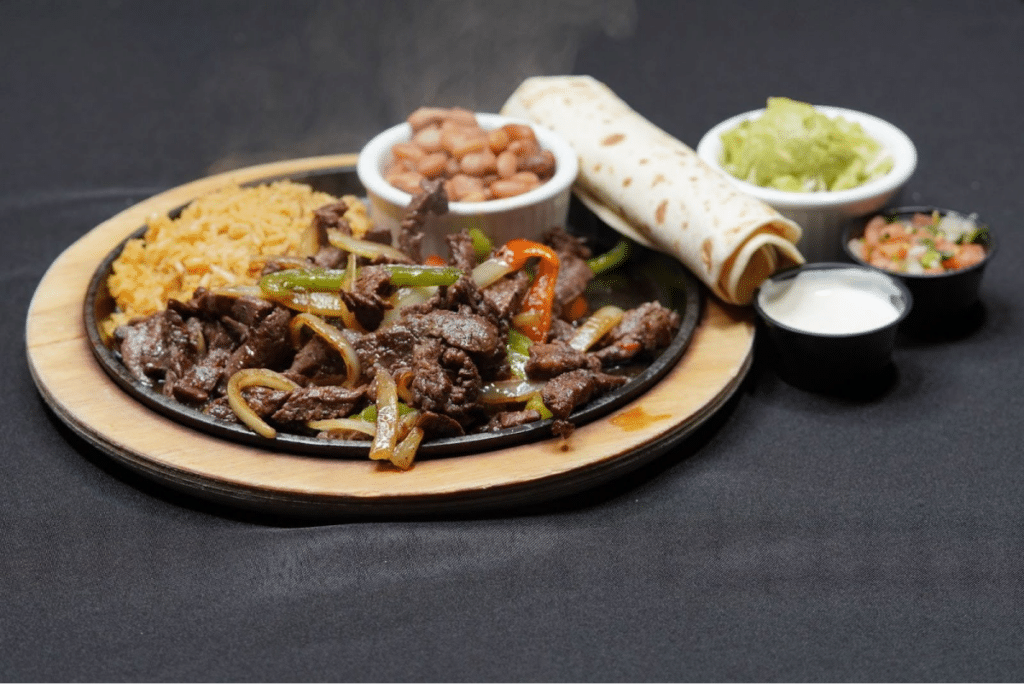
The Invention of Chili Powder
You Can’t Have Tex-Mex Without Yellow Cheese
Yellow cheese sets Tex-Mex apart from traditional Mexican cuisine. Traditional Mexican dishes typically use white cheeses like queso fresco and queso añejo, but Tex-Mex adopted yellow varieties such as cheddar cheese (originally from England) and monterey jack (an American creation).
Yellow cheese became so important that people call it one of the three pillars of Tex-Mex cuisine. Yellow queso has earned its place as the “national party dip of Texas.”Signature Spices and Seasonings
- Cumin (brought by Berber-descended Spanish colonists)
- Paprika (native to Colombia and southern United States)
- Oregano and garlic (Mediterranean influences)
Cumin arrived in Texas through Spanish colonists from the Canary Islands who settled in San Antonio in the 1700s. Their Berber cooking traditions used lots of cumin and became the foundations of what we now know as Tex-Mex seasoning.
These ingredients create bold, resilient flavors that make Tex-Mex cuisine recognizable and accessible to more people. Places like Ventura’s Tamales use these ingredients to keep Tex-Mex cooking’s heritage alive while adapting to modern tastes.
Let Ventura’s Tamales Cater Your Next Event – Learn MoreFamily Traditions and Recipe Evolution
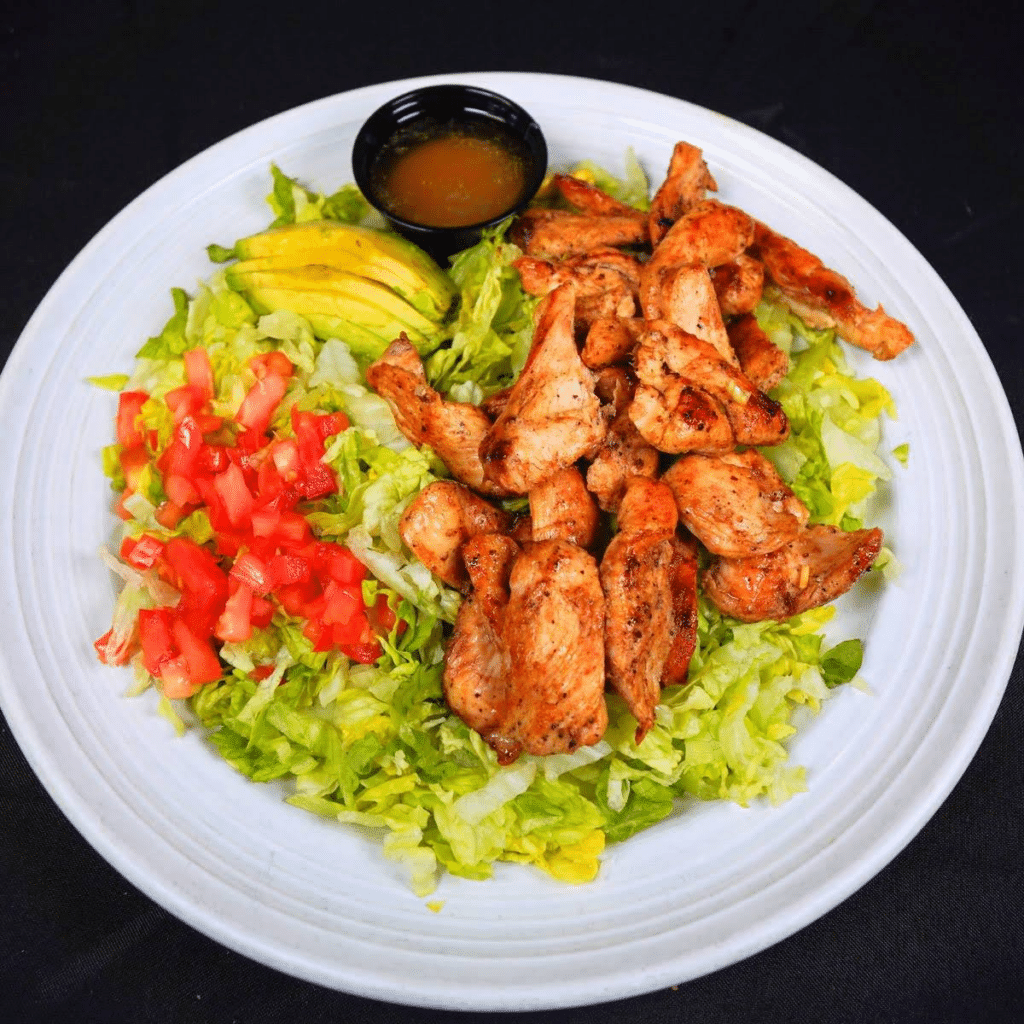
Home-Style Cooking Techniques
- Slow-cooking beans until perfectly tender
- Hand-rolling tortillas to achieve the ideal thickness
- Carefully blending spices for signature family seasonings
- Preparing meat with expertise for dishes like fajitas and tacos
Passing Down Through Generations
Regional Family Specialties
Modern Tex-Mex Food Innovations
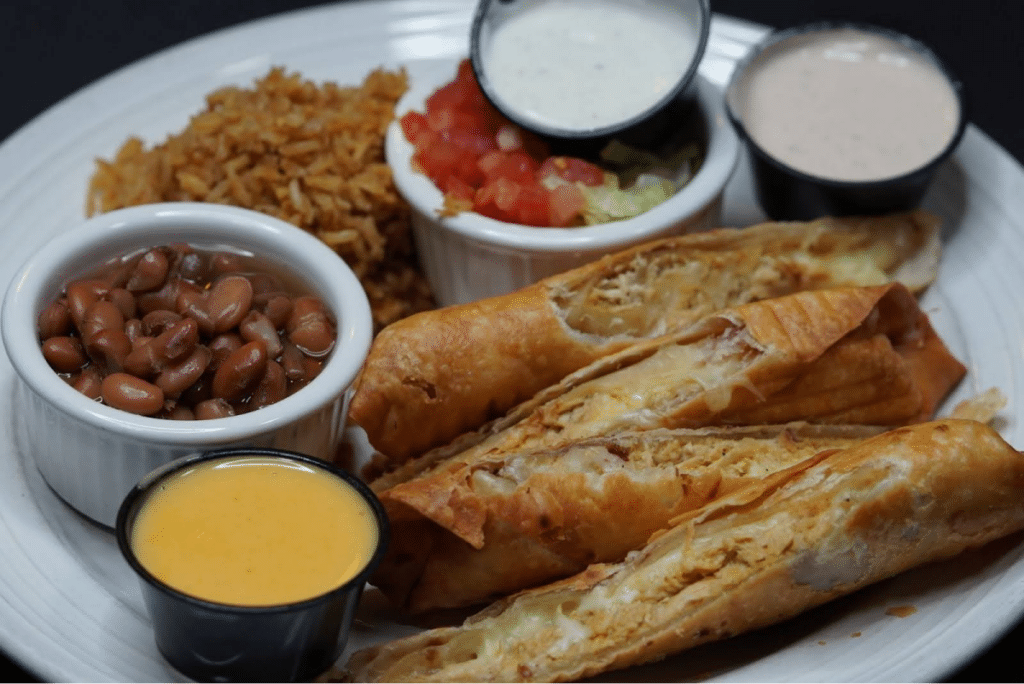
Fusion with Other Cuisines
- Ethiopian-spiced birria tacos featuring berbere seasoning
- Korean-Mexican fusion dishes using kimchi with traditional tacos
- Italian-Mexican crossovers like chipotle chicken risotto
Health-Conscious Adaptations
- Whole grain tortilla options
- Plant-based protein alternatives
- Fresh, locally-sourced ingredients
- Reduced-fat cooking methods
Find Tex-Mex Food in Texas at Ventura’s Tamales!
Ventura's Tamales Location & Hours
Victoria, TX
3907 North Navarro Street
Victoria, TX 77901
(361) 578-5161
Hours
Sunday: Closed
Monday: 10:30am – 8:00pm
Tuesday – Saturday: 10:30am – 8:30pm
Little Known Facts About Tex-Mex Food
What is the origin of Tex-Mex cuisine?
Tex-Mex cuisine originated in the Rio Grande Valley, a region that spans the southernmost part of Texas and the northern part of Mexico. The combination began in the early 16th century when Spain invaded Mexico and established colonies across the count



